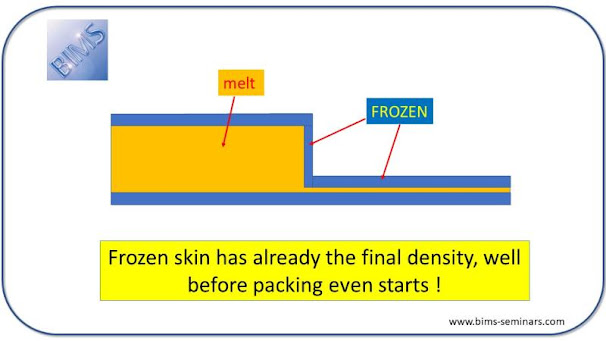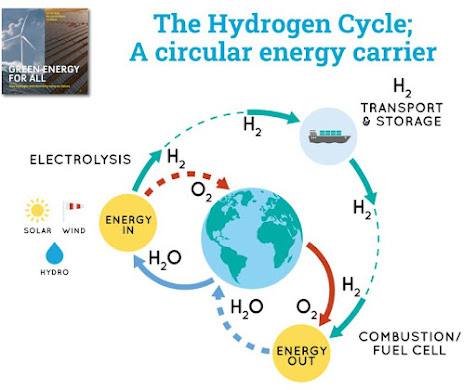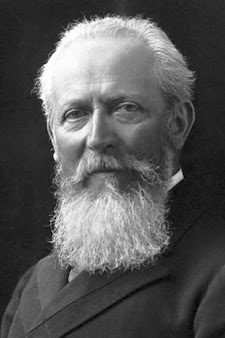Nexam Chemical to Develop Heat-resistant Composites for the UK Aerospace Sector

Nexam Chemical has been selected as a key partner in the “TAPE Extreme” project, financed by Innovate UK, targeting development of advanced temperature resistant composites for the UK aerospace sector. Nexam Chemical adds competencies within chemistry, polymers and resins to the consortium, and has been awarded a £100K grant with the objective of developing novel materials that can replace metals in jet engines. Aim to Replace Metals in Jet Engines Leading to Lighter Components: Nexam Chemical St. Andrews has, together with partners from the whole value chain, been selected as a key partner in the project, dubbed “Advanced Thermoformable Cross-linking Resin Unidirectional Tapes”, which consists of a consortium of commercial players within composites and aerospace, in partnership with the University of Sheffield. Nexam Chemical’s part of the grant is £100K, which will primarily be used for R&D activities. The project’s main objective is to drive replacement of metals like titanium a





